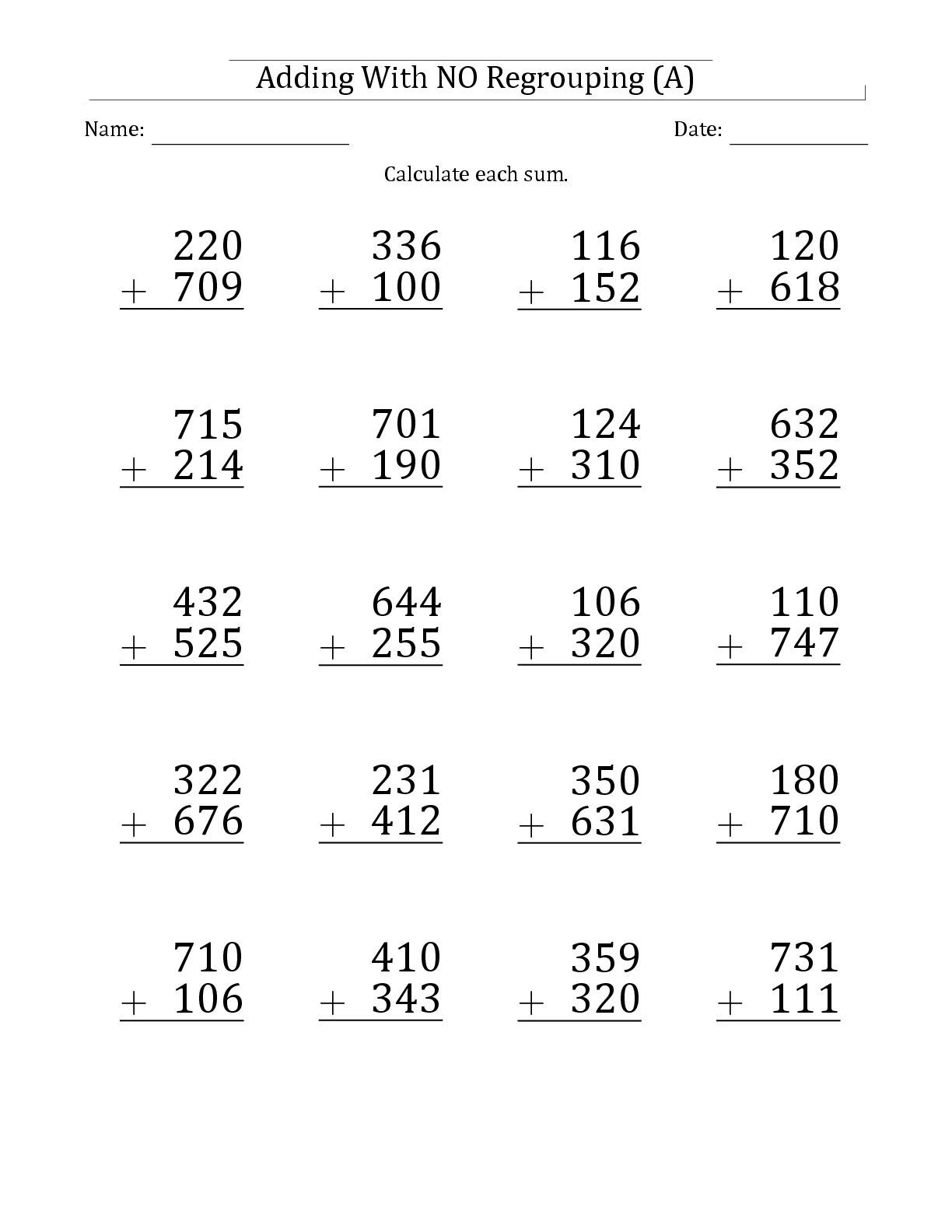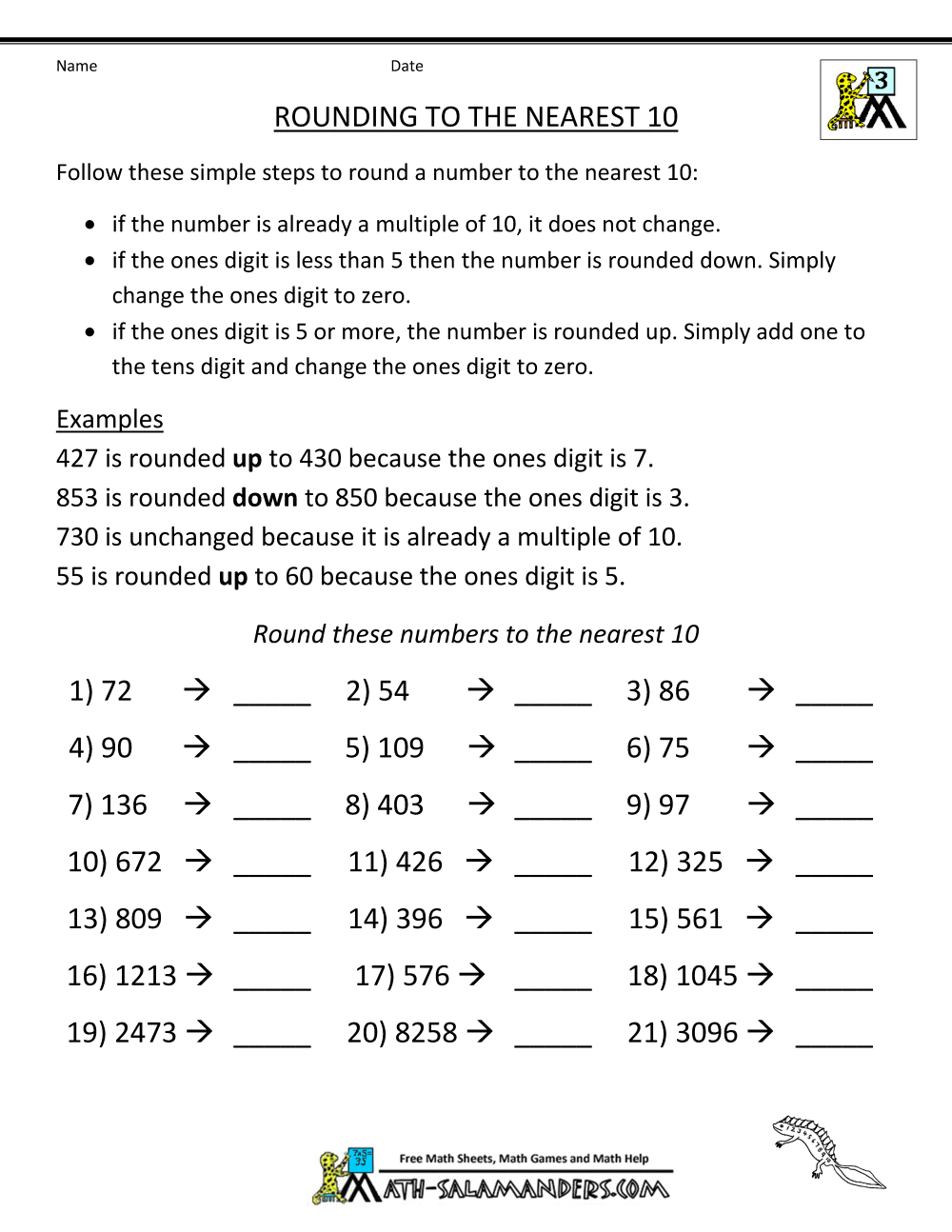


MGSE3.MD.1 Tell and write time to the nearest minute and measure elapsed time intervals in minutes. Solve problems involving measurement and estimation of intervals of time, liquid volumes, and masses of objects. MGSE3.OA.9 Identify arithmetic patterns (including patterns in the addition table or multiplication table), and explain them using properties of operations.įor example, observe that 4 times a number is always even, and explain why 4 times a number can be decomposed into two equal addends. Assess the reasonableness of answers using mental computation and estimation strategies including rounding. Represent these problems using equations with a letter standing for the unknown quantity.

MGSE3.OA.8 Solve two-step word problems using the four operations. Solve problems involving the four operations, and identify and explain patterns in arithmetic. By the end of Grade 3, know from memory all products of two one-digit numbers. MGSE3.OA.7 Fluently multiply and divide within 100, using strategies such as the relationship between multiplication and division (e.g., knowing that 8 × 5 = 40, one knows 40 ÷ 5 = 8 ) or properties of operations. MGSE3.OA.6 Understand division as an unknown-factor problem.įor example, find 32 ÷ 8 by finding the number that makes 32 when multiplied by 8. (Associative property of multiplication).Ĭ. (Commutative property of multiplication).ī. If 6 × 4 = 24 is known, then 4 × 6 = 24 is also known. MGSE3.OA.5 Apply properties of operations as strategies to multiply and divide.Ī. Understand properties of multiplication and the relationship between multiplication and division. MGSE3.OA.4 Determine the unknown whole number in a multiplication or division equation relating three whole numbers using the inverse relationship of multiplication and division.įor example, determine the unknown number that makes the equation true in each of the equations, 8× ? = 48, 5 = □ ÷ 3, 6 × 6 = ?. MGSE3.OA.3 Use multiplication and division within 100 to solve word problems in situations involving equal groups, arrays, and measurement quantities, (e.g., by using drawings and equations with a symbol for the unknown number to represent the problem). MGSE3.OA.2 Interpret whole number quotients of whole numbers, (e.g., interpret 56 ÷ 8 as the number of objects in each share when 56 objects are partitioned equally into 8 shares (How many in each group?), or as a number of shares when 56 objects are partitioned into equal shares of 8 objects each (How many groups can you make?).įor example, describe a context in which a number of shares or a number of groups can be expressed as 56 ÷ 8. MGSE3.OA.1 Interpret products of whole numbers, (e.g., interpret 5 × 7 as the total number of objects in 5 groups of 7 objects each).įor example, describe a context in which a total number of objects can be expressed as 5 × 7. Represent and solve problems involving multiplication and division.


 0 kommentar(er)
0 kommentar(er)
